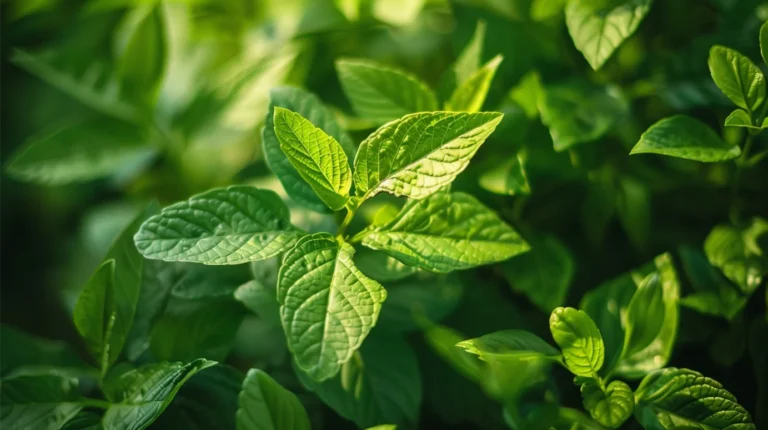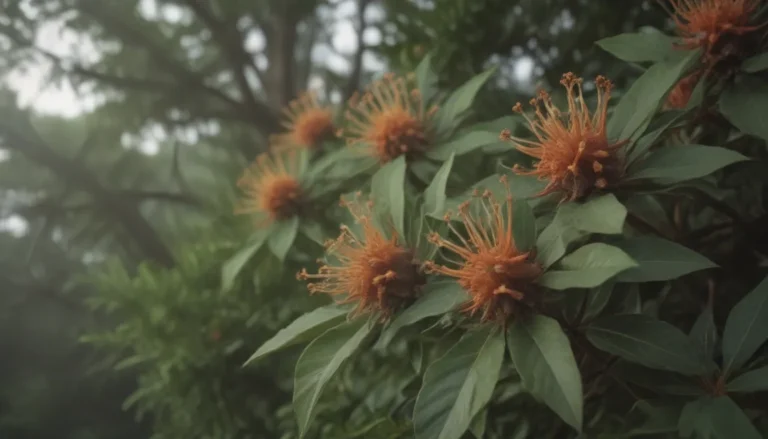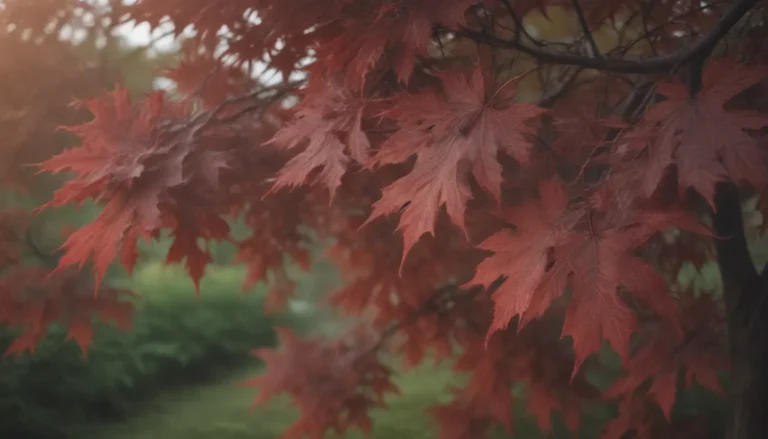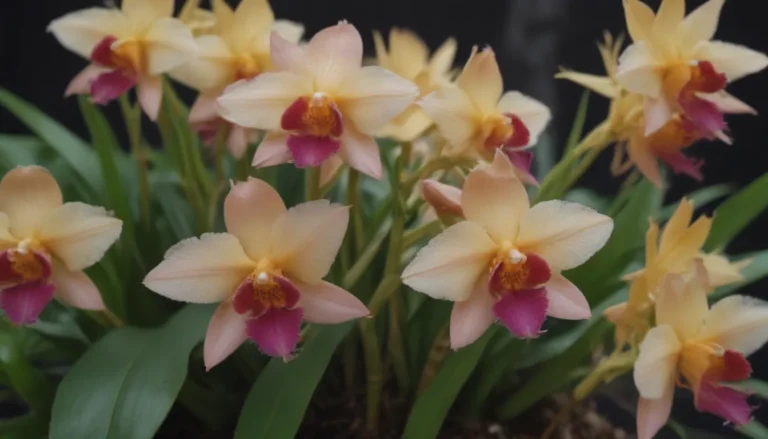The Ultimate Guide to Drought-Tolerant Landscaping: Create a Beautiful, Water-Wise Yard
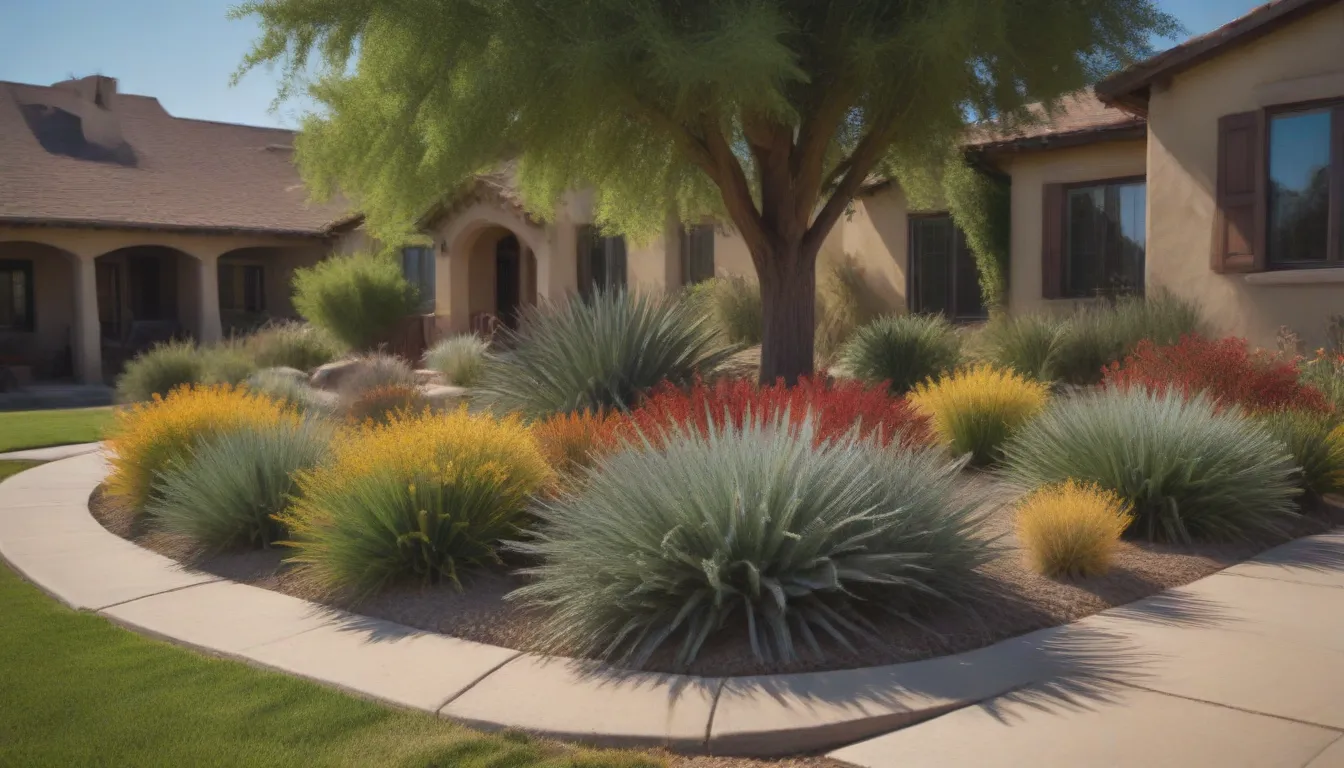
Are you tired of constantly watering your lawn and plants, only to see them struggle in periods of drought? Drought-tolerant landscaping might be the solution you’re looking for. In this comprehensive guide, we’ll dive deep into what drought-tolerant landscaping is, its benefits, and how you can implement it in your own yard.
What Is Drought-Tolerant Landscaping?
Drought-tolerant landscaping is a style of gardening that focuses on using plants and materials that require minimal water to survive and thrive. It has gained popularity in regions that experience little rainfall or face water shortages. In fact, some areas even enforce fines or provide incentives for homeowners who switch to drought-tolerant landscaping.
What Does Drought-Tolerant Mean?
When we refer to a plant as drought-tolerant, we’re talking about its ability to withstand prolonged periods of dryness without withering away. These plants are naturally adapted to survive in environments where water is scarce, making them perfect for regions prone to drought.
Benefits of Drought-Tolerant Landscaping
Whether you’re facing water restrictions or simply want to reduce your water bill, there are plenty of benefits to embracing drought-tolerant landscaping in your yard:
- Water bill savings: By using plants that require less water, you can significantly reduce your water usage and save money on your monthly bill.
- Minimal maintenance costs and labor: Drought-tolerant plants are typically low maintenance, requiring less time and effort to keep them looking beautiful.
- Unique landscape designs: With a wide variety of drought-tolerant plants available, you can create a unique and visually appealing landscape that stands out from traditional gardens.
Drought-Tolerant Native Plants
Native plants are often the best choice for creating a drought-tolerant landscape. These plants are naturally adapted to the local environment, making them resilient to dry conditions. Check with local resources like university extension offices or native plant organizations to discover the native plants in your area and how to incorporate them into your yard.
For example, if you’re in Northern California, look for native plants like lupine, artemisia, yarrow, and poppy. Each region will have its own unique selection of native plants that thrive in the local climate.
Drought-Tolerant vs. Drought-Resistant Plants
While both terms are often used interchangeably, there is a slight difference between drought-tolerant and drought-resistant plants. Drought-tolerant plants can thrive with minimal water, while drought-resistant plants are even more resilient and can survive longer periods without water.
Other Terms for Drought Tolerant Landscaping
You may come across different terms when researching drought-tolerant landscaping, such as xeriscape, water-wise landscaping, or desert landscaping. These terms all refer to the same concept of using plants that require minimal water to create a beautiful and sustainable garden.
Common Drought-Tolerant Plants
When selecting plants for your drought-tolerant landscape, consider incorporating a mix of cacti, succulents, and other water-wise shrubs. Additionally, you can explore turf alternatives like synthetic turf or drought-tolerant ground covers such as creeping thyme or white clover.
Hardscape Ideas for Drought-Tolerant Landscapes
Incorporating hardscape elements into your landscape design can not only reduce water consumption but also enhance the overall look of your yard. Hardscape materials like gravel, rocks, stone, brick, wood, and pavers can create visually appealing features that complement your drought-tolerant plants.
By balancing softscape and hardscape elements, you can achieve a low-maintenance yard with lasting curb appeal. Plus, hardscape features can help connect your outdoor space with your home’s architecture and highlight natural textures and materials.
In conclusion, drought-tolerant landscaping is a sustainable and cost-effective way to create a beautiful yard that thrives in dry conditions. By choosing native plants, utilizing hardscape elements, and understanding the difference between drought-tolerant and drought-resistant plants, you can create a water-wise landscape that’s both eco-friendly and visually stunning. So, why not make the switch to drought-tolerant landscaping and transform your yard into a drought-resistant oasis today?

